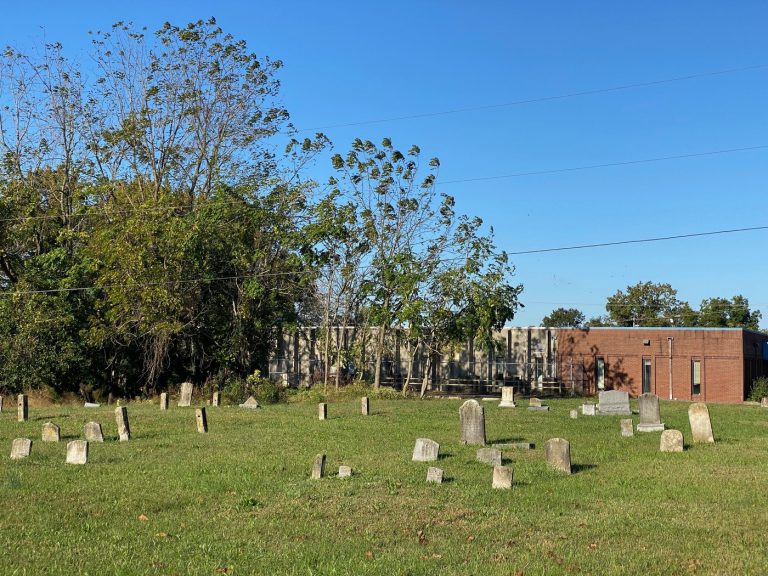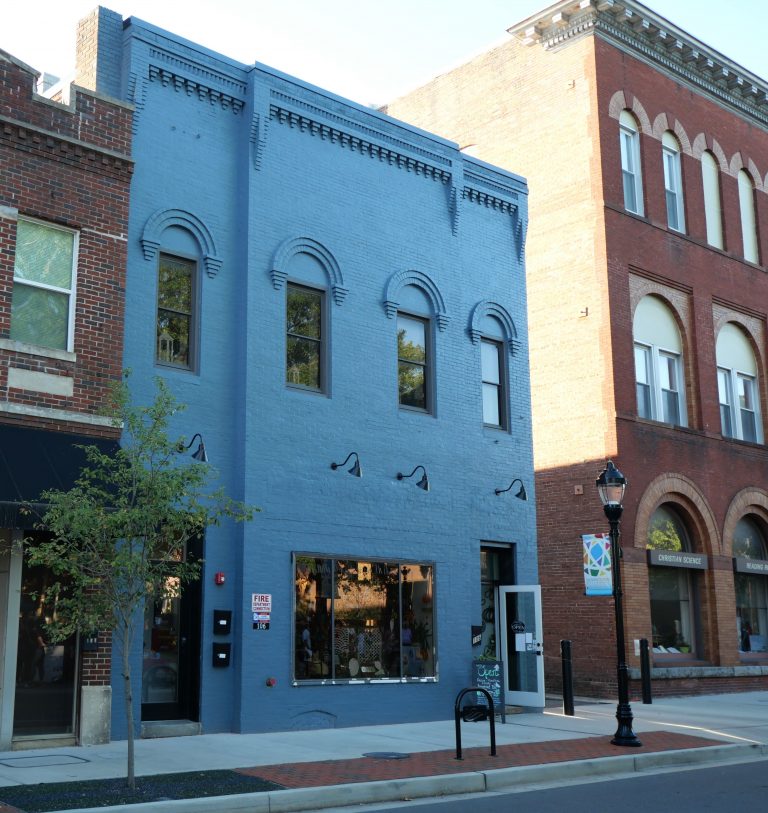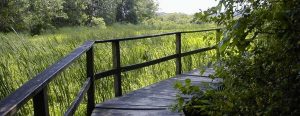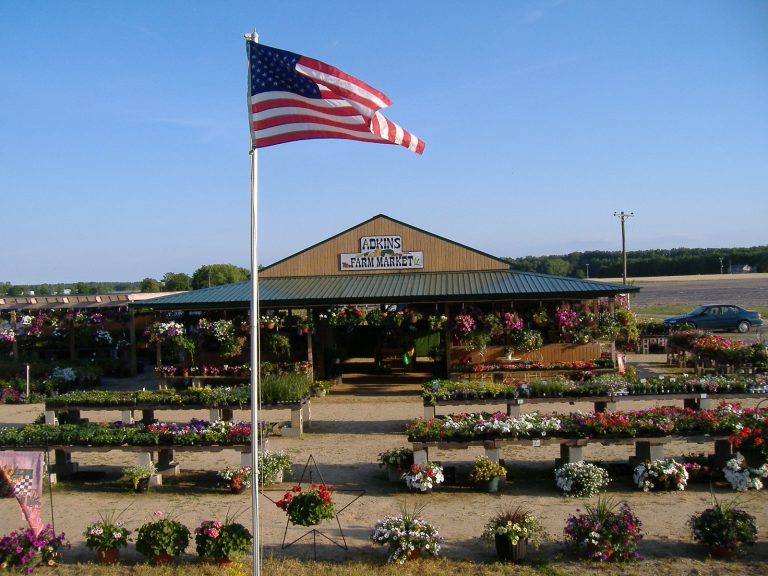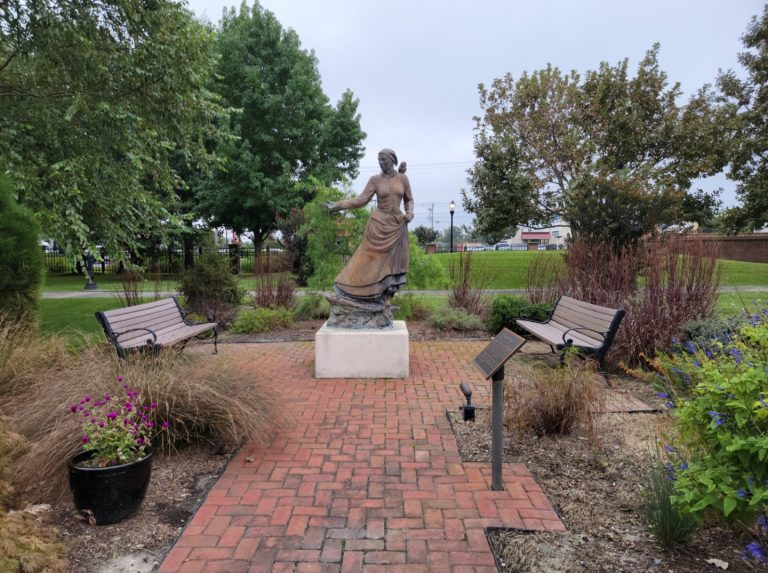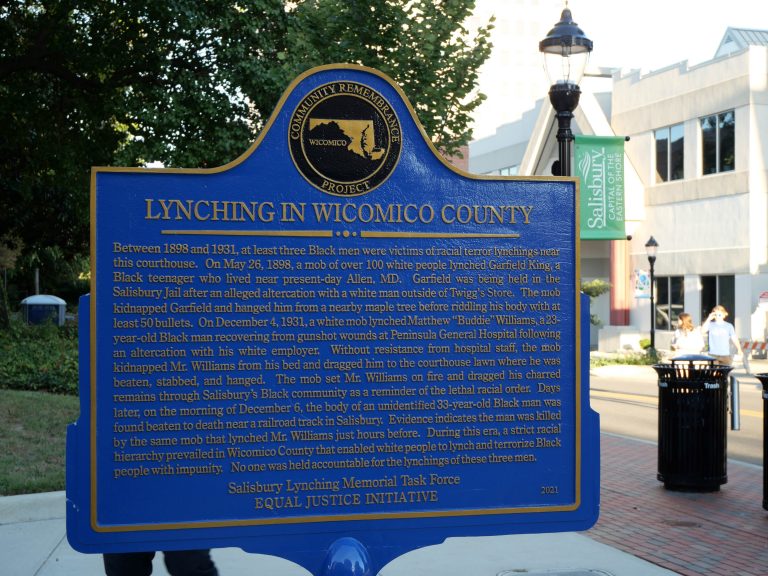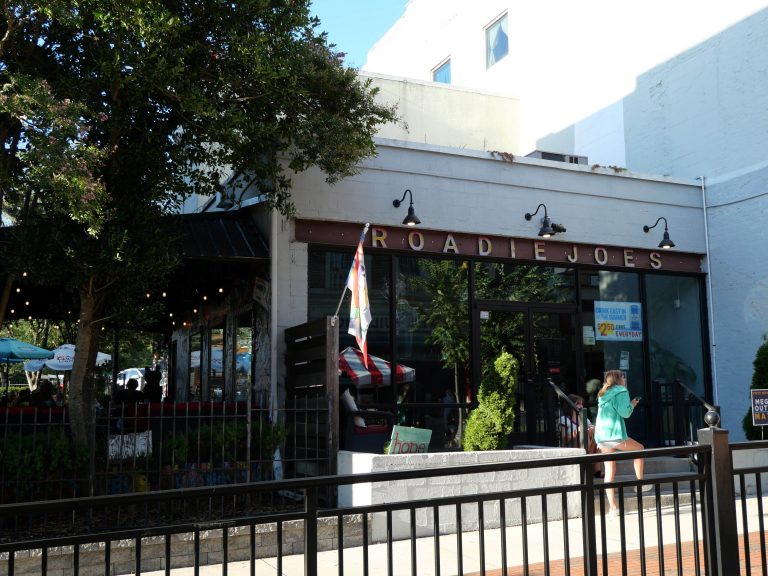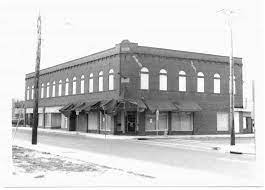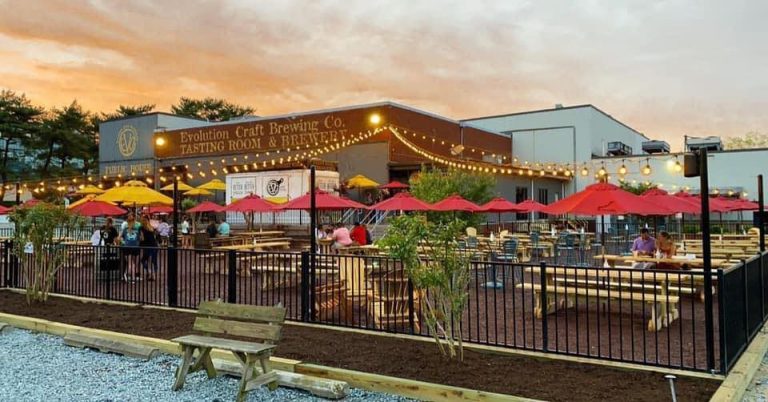All Places in Salisbury
-
Located just off of Route 50 in Salisbury Maryland, Houston Cemetery is a historically Black cemetery established in part and named after the Houston family. Solomon Houston (some times spelled Huston) in particular was a significant figure on Delmarva. His father, Levin Houston, was one of the five founding freemen of the John Wesley Methodist Episcopal Church (now referred to Read more...
-
Downtown Salisbury is a designated Main Street Maryland community & Arts and Entertainment District known for its historic buildings, restaurants, art, shopping, and community events. These are just a few of the businesses in the district: Board and Brush Studio Breathe Interiors Blackwater Apothecary The Mad Hatter Cafe/ The Looking Glass Evolution Craft Brewing Company SU Downtown Art Gallery Salisbury Read more...
-
4+ mile trail system Salisbury, MD Managed By: Wicomico County Recreation & Parks Read more...
-
Adkins Farm Market is owned by Gaylon & Tammy Adkins and is located near the Salisbury Airport on Mt. Hermon Rd. They are open from May through the end of October, and their goods change seasonally. In the spring they sell flowers and other products to help you get your garden started for the season. In the summer they offer Read more...
-
Located outside of Salisbury University’s Teacher Education and Technology Center (better known as Conway Hall) is a bronze statue of Harriet Tubman. First unveiled in 2009, it is held to be the first three dimensional commemorative piece honoring Harriet Tubman on the Eastern Shore from which she was from. Created by Dr. James Hill, the statue depicts Tubman extending her Read more...
-
Located on 101 N. Division Street is a marker dedicated to the three African Americans lynched in Salisbury between 1898 and 1931. Two of these people are named: 18 year old Garfield King in 1898 and 23 year old Matthew Williams in 1931. The third victim was an unidentified Black man who’s body was found on the outskirts of Salisbury Read more...
-
Breathe Interiors is a charming gift shop that offers a wide variety of nature inspired home décor and goods. What’s best is that they try to support local vendors, artists, and craftspeople as much as possible by providing an outlet for them to sell their merchandise. Even when items are imported, they are imported from small businesses. They sell hand Read more...
-
First opened in 2013 in Downtown Salisbury, Roadie Joes offers an amazing selection of drinks and food which includes vegan and gluten free options as well. Inside, the ceiling panels are decorated with different art pieces with the designs being chosen through art competitions. In their outdoor seating area, the wall has been turned into a collage of art pieces Read more...
-
The Franklin Hotel was a hotel catering to African Americans when segregation was enforced. The building was constructed in 1930 and was known as the Mainlake Building. The bottom floor hosted a restaurant and four spaces for shops while the second floor held apartments. In 1955 the Franklin Hotel was established by Melvin E. and Donzelle Hutt and the hotel Read more...
-
Evo has been the go to spot for Salisbury locals for years. Patrons of the establishment can enjoy food at Evo’s Public House, connected to the brewery, as well. Evo offers tours of the brewery, Saturdays 12:30-5:30 and Sundays by request only, where people can see the behind the scenes of how the beer is made. Read more...
